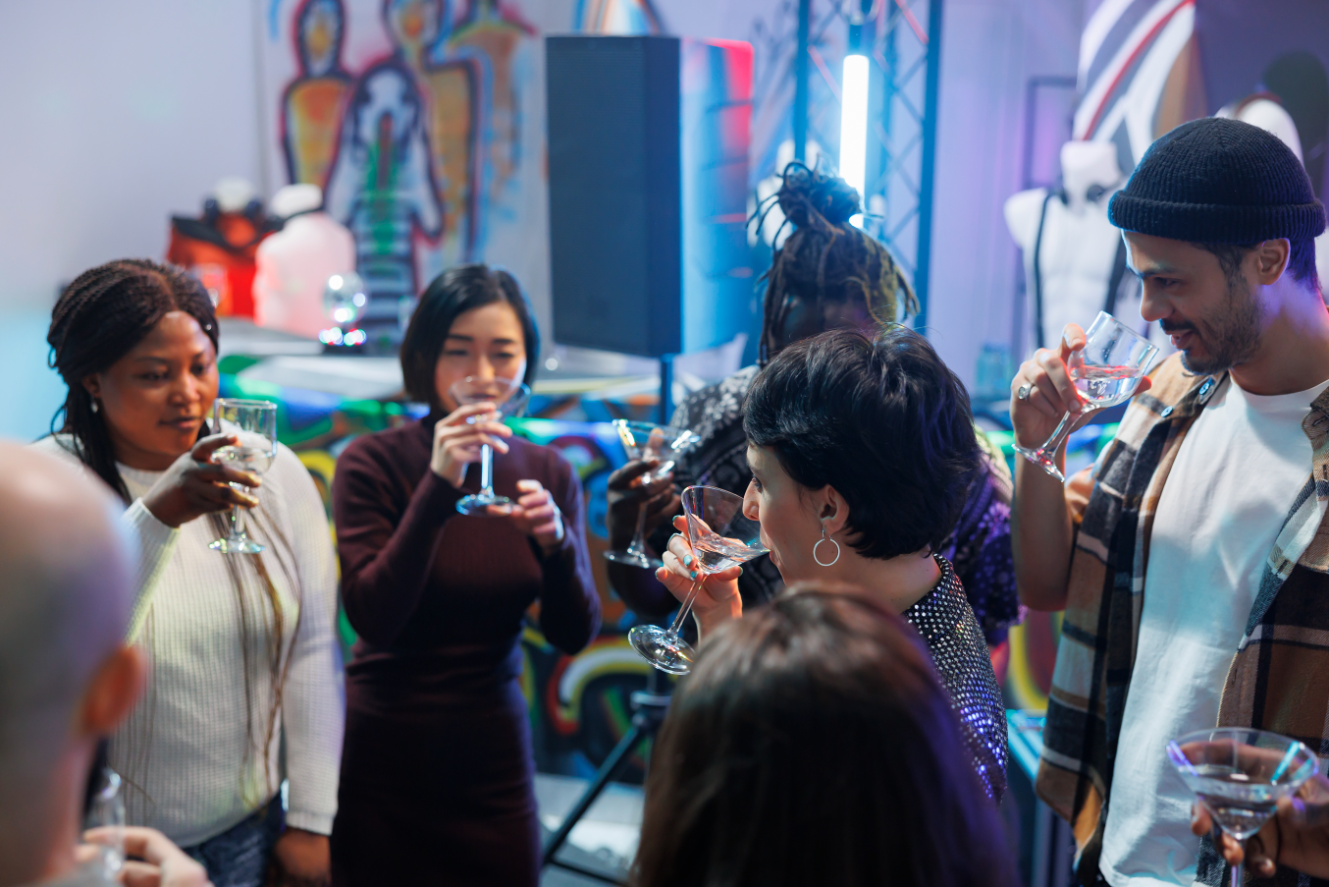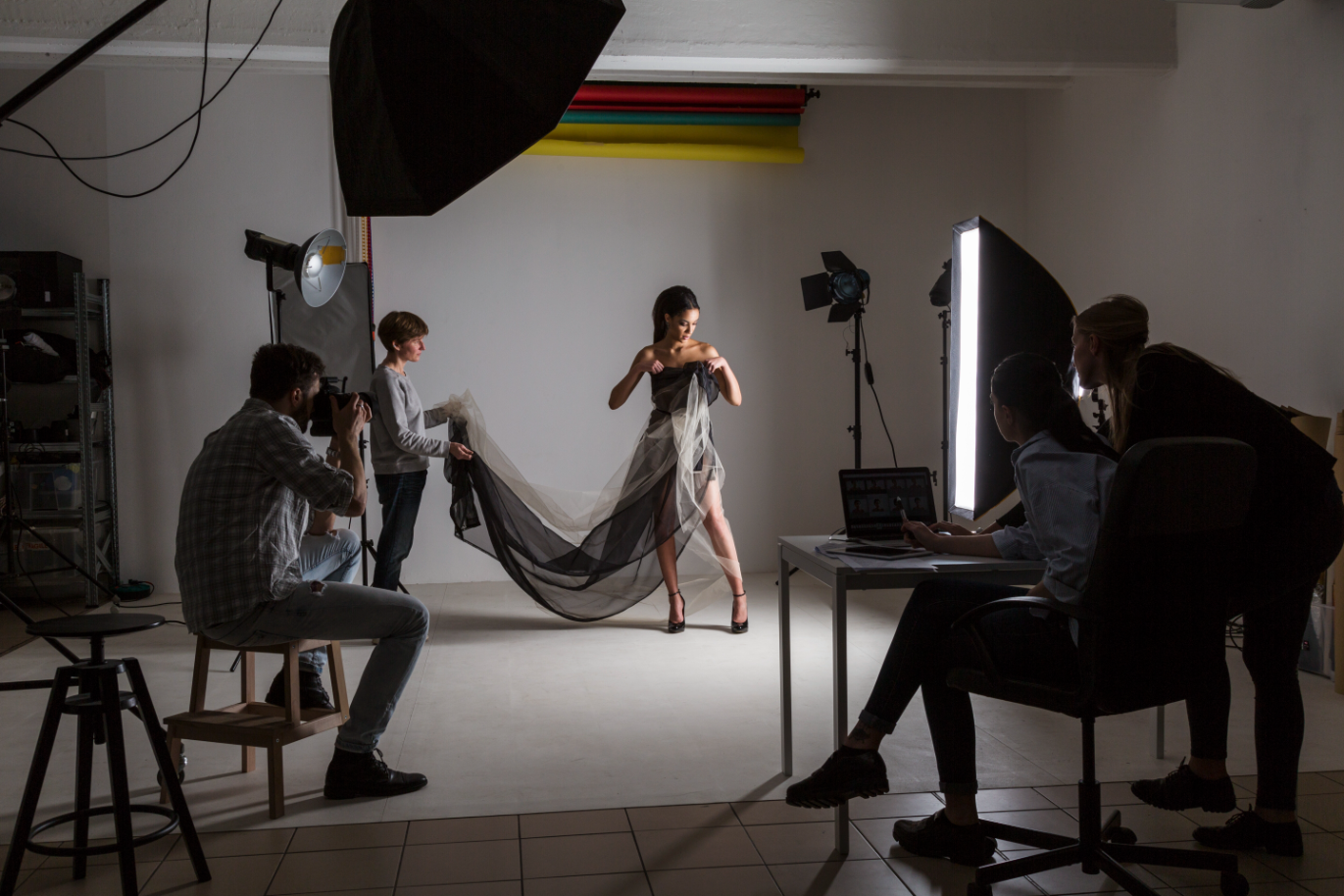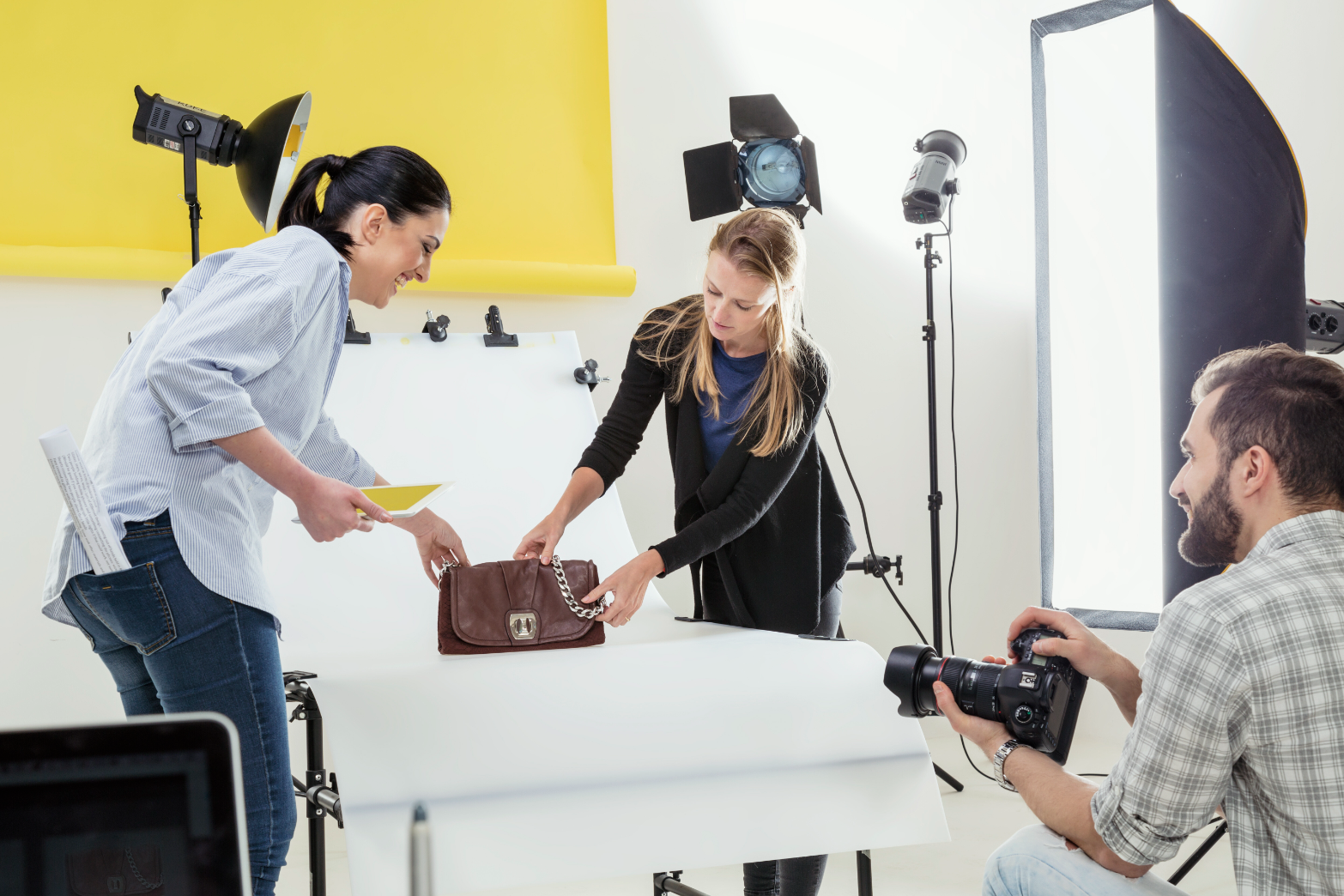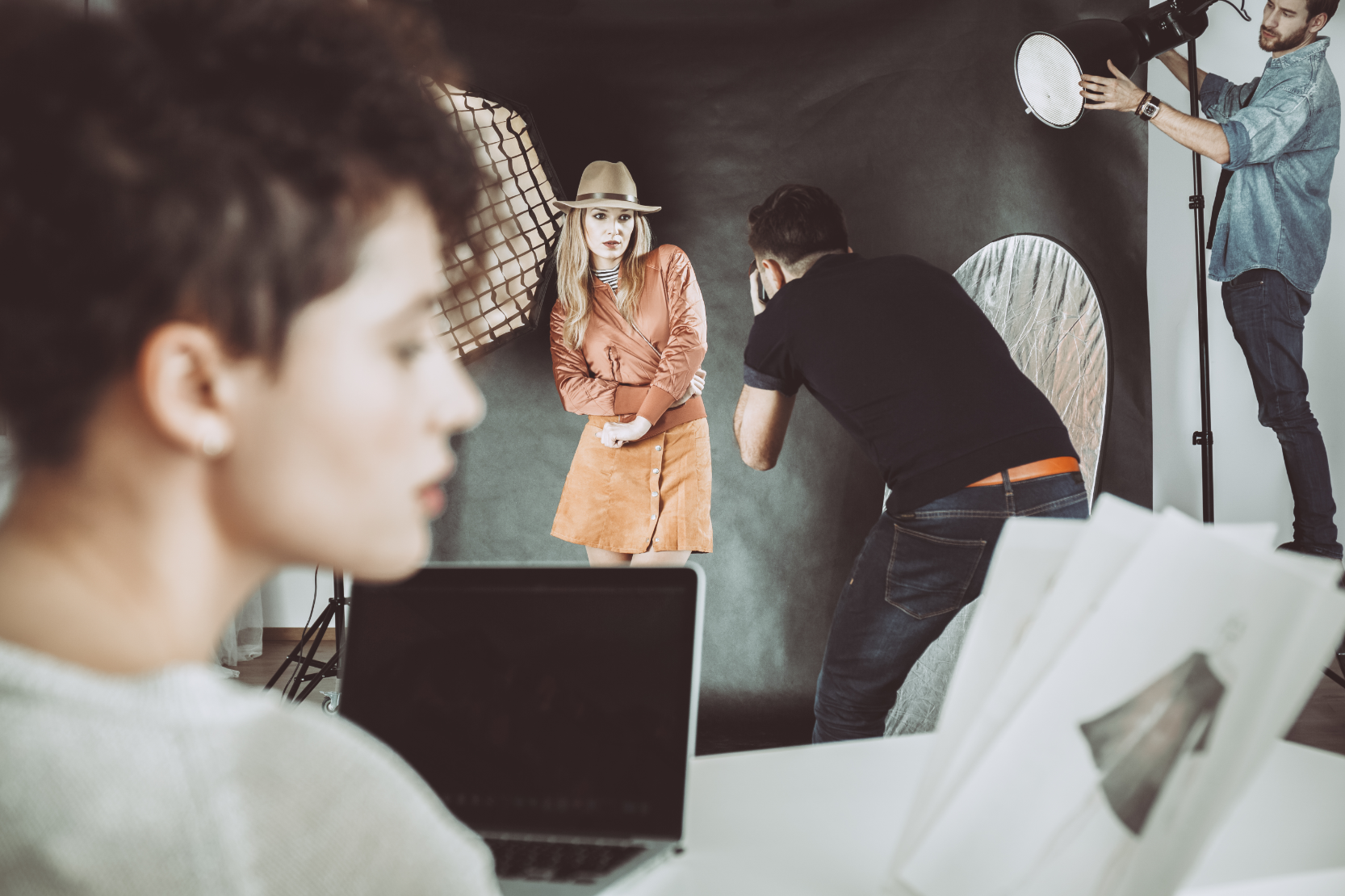Mastering Light: Pro Cinematography Secrets Revealed

Welcome, aspiring filmmakers and seasoned creators, to a journey into the very essence of visual storytelling: light. In the world of cinematography, light isn't just about illuminating a scene; it's a powerful narrative tool, an emotional brushstroke, and the fundamental element that shapes our perception of reality on screen. A truly great cinematographer doesn't just "turn on the lights"; they sculpt, paint, and guide the audience's eye with precision and intention. Mastering light is what elevates a good shot to a great one, transforming mere images into impactful stories.
Here at FilmBaker, we believe in empowering creators with the knowledge and tools to bring their visions to life. Today, we're diving deep into the professional secrets of manipulating light – from understanding its basic qualities to employing advanced techniques that make your footage sing. Get ready to illuminate your craft and discover how to wield light like a true master.
Beyond Brightness: Understanding Light's Core Qualities
Before you can shape light, you must understand its fundamental properties. Light isn't a monolithic entity; it possesses distinct qualities that profoundly impact the look and feel of your scene. The two most crucial qualities are its softness/hardness and its direction. Hard light, typically from a smaller, direct source (like direct sunlight or an un-diffused LED), creates sharp, well-defined shadows and high contrast, often evoking a sense of drama, intensity, or harsh reality. Think film noir or a dramatic character reveal. Soft light, conversely, comes from a larger, diffused source (a cloudy day, a large softbox), producing gentle, feathered shadows and lower contrast, conveying warmth, intimacy, or a more natural, flattering look.
The direction of light is equally critical. Key light is your primary illumination source, setting the overall brightness and defining the subject. Fill light softens the shadows created by the key, reducing contrast and revealing detail. Backlight (or rim light) separates the subject from the background, adding depth and a sense of three-dimensionality. Experimenting with these three components, known as three-point lighting, is the bedrock of professional lighting. Beyond this, consider practical lights within your scene (lamps, streetlights) and how they contribute to the narrative, providing motivated light that feels natural within the environment.
Practical Tip: Play with Diffusion and Bounce
To control softness, don't just add more lights. Experiment with diffusion materials like silks, scrims, or even sheer white fabric placed between your light source and subject. For softer fill, use bounce cards (white foam core, specialized reflectors) to redirect light back into the shadows. Notice how varying the distance of your diffuser or bounce material changes the quality of the light and the softness of the shadows.
Sculpting the Scene: Tools and Techniques for Light Control
Understanding light's qualities is just the beginning; true mastery comes from the ability to control and sculpt it. Cinematographers use an arsenal of tools to precisely shape light, whether it's to create dramatic shadows, highlight specific details, or subtly guide the viewer's gaze. Flags (black fabric on a frame) are indispensable for blocking light from areas you don't want it to hit, effectively creating negative space or deep shadows. Gobos (short for "go-betweens") are stenciled cutouts placed in front of a light to project a pattern, simulating window blinds, tree shadows, or other environmental textures, adding visual interest and realism to an otherwise flat wall.
Reflectors, available in various sizes and colors (silver for punchy light, gold for warmth, white for neutral fill), are used to bounce light back onto the subject, filling in shadows without introducing a new light source. Grids or egg crates, attached to softboxes or reflectors, narrow the beam of light, giving you more control over its spread and preventing spill. The goal is always precision – every beam, every shadow, every highlight should be deliberate. This meticulous control allows you to manipulate the contrast ratio within your frame, which is the difference in brightness between the brightest and darkest parts of your image. A high contrast ratio often suggests drama or conflict, while a low ratio can evoke peace or sadness.
Practical Tip: Embrace Negative Fill
Don't just think about adding light; think about taking it away. Negative fill involves placing a black flag or dark fabric on the opposite side of your key light to absorb light and deepen shadows. This technique is incredibly effective for increasing contrast, adding mood, and sculpting facial features, especially when working with soft light that might otherwise wrap too much around your subject.
Light as a Storyteller: Emotion, Mood, and Narrative Impact
The most profound secret of professional cinematography is recognizing that light isn't merely functional; it's deeply psychological and narrative. Every lighting choice contributes to the story and the emotional landscape of your scene. High-key lighting, characterized by bright, even illumination with minimal shadows and a low contrast ratio, often conveys feelings of optimism, joy, openness, or innocence. Think of comedies or bright commercial shoots. Conversely, low-key lighting, with its stark contrasts, deep shadows, and selective illumination, is frequently used to create suspense, mystery, drama, or a sense of isolation. Consider thrillers or film noir classics for excellent examples.
Beyond general mood, light can denote time, place, and even character traits. A warm, soft light filtering through a window might signify morning or comfort, while cold, harsh fluorescent lights could indicate an institutional setting or a sense of unease. Cinematographers often use light to symbolize character arcs – perhaps a character starts in shadow and gradually moves into the light as they find resolution, or vice versa. Maintaining lighting continuity across a scene, or even an entire film, is also paramount to maintaining the audience's suspension of disbelief, ensuring that the visual world you've created remains consistent and believable.
Practical Tip: Analyze Masterpieces
Watch your favorite films with a new eye. Pay close attention to how light is used in different scenes. Ask yourself: Is it hard or soft? Where is the key light coming from? What kind of shadows are present? How does the lighting make you feel? What emotional impact does it have on the story or character? Try to reverse-engineer their lighting setups in your mind, then experiment with recreating similar moods in your own projects.
Practical Application: Overcoming Common Lighting Challenges
Even with a solid understanding of theory and tools, real-world shoots present unique challenges. One of the most common is dealing with natural light. While "golden hour" (the hour after sunrise and before sunset) is beloved for its warm, soft, and flattering light, harsh midday sun can be a nightmare, creating unflattering shadows and blown-out highlights. Professionals learn to either embrace the harshness for a specific stylistic choice or, more often, mitigate it using large diffusers or by finding open shade. Conversely, shooting in low-light environments often requires boosting ISO (which can introduce noise) or using faster lenses, but clever use of available practical lights can create rich, textured visuals without massive lighting setups.
Another frequent hurdle is mixing different types of light, especially when incorporating practical lights (lamps, monitors, streetlights) into your scene. These often have varying color temperatures (Kelvin values) from your artificial lights. Skillful cinematographers use gels (colored filters) on their studio lights to match the color temperature of practicals, creating a seamless, realistic environment, or intentionally contrasting them for stylistic effect. The goal is to avoid "flat" lighting, where everything is evenly lit with no discernible depth. This is often achieved by creating separation between your subject and the background through backlight, judicious use of shadows, and varying light intensity across the scene.
Practical Tip: Don't Forget the Eyes
The eyes are the windows to the soul, and in cinematography, they need special attention. Always ensure your subject's eyes have a "catchlight" – a small reflection of your key light. This brings the eyes to life and makes the character appear more engaging and present. Avoid overhead lighting that creates unflattering raccoon eyes unless that's a specific stylistic choice for a villain or a downtrodden character.
Conclusion: Illuminate Your Vision with FilmBaker
Mastering light is an ongoing journey, a blend of technical knowledge, artistic intuition, and countless hours of practice. It's about seeing the world not just as light, but as potential – the potential to evoke emotion, to tell a compelling story, and to create unforgettable images. By understanding the qualities of light, learning to control it with precision, and using it as a deliberate narrative tool, you elevate your craft from mere videography to true cinematography.
We hope these insights have shed some light on the power you hold behind the lens. At FilmBaker, we're passionate about helping filmmakers achieve their highest potential, providing resources, inspiration, and a community where creativity flourishes. Ready to take your visual storytelling to the next level? Connect with us and let's bring your illuminated visions to life. Visit us at https://www.filmbaker.com/get-in-touch to learn more.


